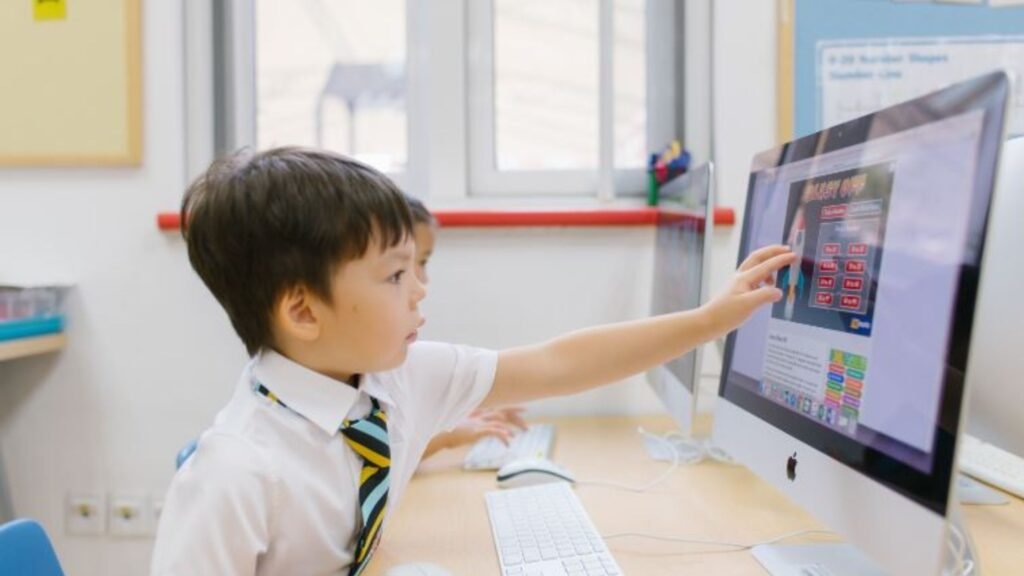The role of technology in modern classrooms is transforming education by creating interactive, personalized, and engaging learning environments. The integration of digital tools, such as smartboards, educational software, and online resources, is enhancing the way students absorb information. These advancements are not only changing how teachers instruct but also empowering students to take control of their learning experiences. Below, we explore how technology is reshaping education and improving classroom outcomes.

1. Interactive Learning with Smart Technology
In recent years, the role of technology in modern classrooms has increasingly emphasized interactivity. Smartboards, tablets, and educational software allow teachers to present lessons in more engaging ways. Interactive whiteboards, for instance, enable teachers to display videos, animations, and other multimedia content, making complex subjects more accessible. This not only captures students’ attention but also fosters participation in lessons.
Similarly, apps and digital platforms allow students to collaborate on projects, conduct research, and submit assignments from their devices. Technology also provides access to a wealth of online resources, expanding learning opportunities beyond traditional textbooks and materials. Interactive technology helps students stay engaged and promotes deeper understanding of the material.
2. Personalized Learning Through Educational Software
One of the most impactful ways technology plays a role in modern classrooms is through personalized learning experiences. Educational software and apps tailor lessons to individual students’ needs and pace. Programs like Khan Academy and Duolingo use algorithms to adapt content based on the student’s level, providing customized lessons and exercises.
Students benefit from the ability to learn at their own pace, allowing for a more tailored education experience. Struggling learners can receive additional support, while advanced students can move ahead without waiting for the rest of the class. Teachers can track progress through these platforms, ensuring that every student is on the right learning path and receives the support they need.
3. Collaboration and Communication Tools
The integration of technology in modern classrooms also fosters better collaboration and communication between students and teachers. Digital platforms such as Google Classroom and Microsoft Teams make it easier for teachers to organize assignments, provide feedback, and communicate with students. These platforms also facilitate group work by allowing students to collaborate on documents, share ideas, and give real-time feedback, no matter where they are.
This increased collaboration enhances the learning process and helps students develop essential skills for working in teams, which is important for future success in the workforce. The role of technology in modern classrooms goes beyond just teaching content—it equips students with critical communication skills that they will use throughout their lives.
4. Access to Global Knowledge and Virtual Field Trips
Technology is breaking down geographic barriers in education, offering students access to global knowledge and experiences. Virtual field trips allow students to explore museums, historical sites, and even international landmarks without leaving their classrooms. Platforms like Google Expeditions and virtual reality headsets immerse students in new worlds, providing a broader context for learning.
Additionally, online courses and tutorials enable students to learn from experts around the world. This access to global knowledge allows students to expand their horizons and gain diverse perspectives, fostering a more well-rounded education.
Conclusion
The role of technology in modern classrooms has become indispensable in enhancing learning outcomes and fostering a more interactive, personalized, and collaborative environment. Smartboards, personalized learning platforms, and communication tools are changing the way students and teachers interact, while providing access to a wealth of global knowledge. As technology continues to evolve, it will play an even more significant role in shaping the future of education, equipping students with the skills they need to succeed in the digital age. Embracing these innovations allows educators to create dynamic learning experiences that prepare students for a technology-driven world.

